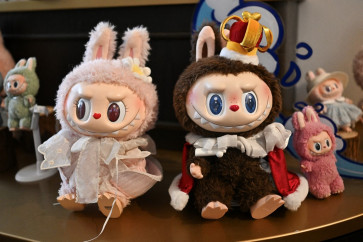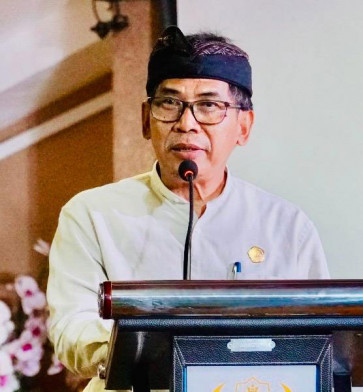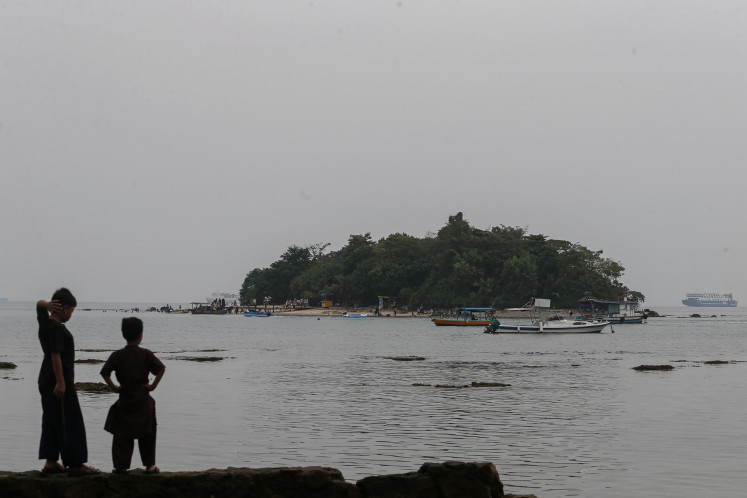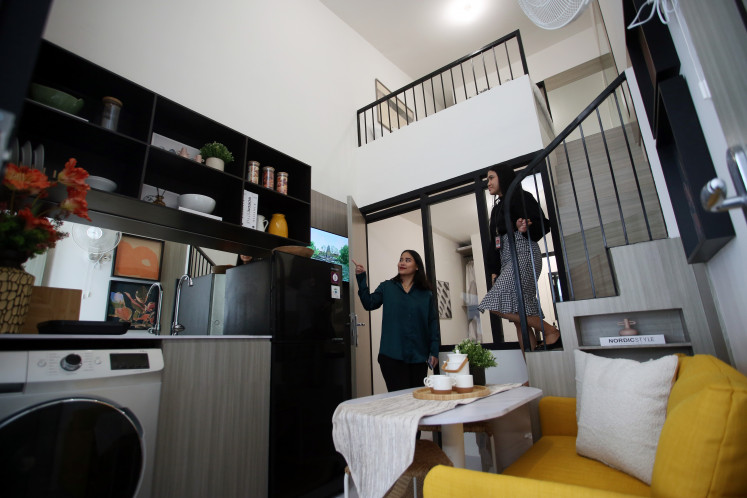Popular Reads
Top Results
Can't find what you're looking for?
View all search resultsPopular Reads
Top Results
Can't find what you're looking for?
View all search resultsWeaving a challenging life through bamboo in Tigawasa
Highlanders: General view of Tigawasa village, one of the Bali Aga (Ancient Bali) villages, located in Buleleng, Bali
Change text size
Gift Premium Articles
to Anyone

H
span class="caption">Highlanders: General view of Tigawasa village, one of the Bali Aga (Ancient Bali) villages, located in Buleleng, Bali. The Bali Aga community lives in the mountains and their lives mainly depend on their environment and surroundings.
Bamboo craftswoman Ketut Dipet’s fingers are adeptly weaving different colored sheets of bamboo.
Once in a while, she weaved without even looking at what she was doing.
“I’ve been weaving bamboo since I was 15. The first motif I used to craft was called saud jujuk,” the 58-year-old Ketut said.
“In 1975, local villagers began to use colorings, and the motifs for keben [bamboo baskets] were also developing,” said Ketut, who lives in Umasendi hamlet of Tigawasa village in Buleleng.
Bamboo weaving is now the main livelihood of the communities living in the village.
“Residents have become more familiar with this job since the Japanese occupation. The Japanese also taught them the weaving art,” Ketut said.
Tigawasa is one of Buleleng’s Bali Aga or Ancient Bali villages — Sidatapa, Cempaga, Tigawasa and Pedawa (SCTP). The Bali Aga community lives in mountainous areas and was hard to conquer when the ancient Majapahit kingdom ruled over Bali.
According to the head of Umasendi hamlet, Komang Edi Jayantika, around 80 percent of the local population of 4,368 produces bamboo handicrafts.
“Bamboo is the means of support for our village people,” he said.

The sociocultural aspect of the Tigawasa villagers is inseparable from bamboo, and almost the entire population maintains land plots or house yards for bamboo plants.
Around 63 percent, or 12 varieties of bamboos there are unique and indigenous to the village area because the residents’ ancestors had harvested them since the pre-Majapahit rule era. Bamboo craftsmanship has also been handed down through generations.
Sanjaya, another craftsman, said his parents had taught him bamboo weaving as a primary school student after observing their crafts. The same is true of his child, six-year-old Ketut Diantika.
“I don’t employ my child, nor do we as craftsmen employ children, but they just want to practice the skill,” he said.
Originally, Tigawasa people were weaving bedeg (woven bamboo with square images used for ceilings) and keben with the still colorless saud jujuk motif.
With the lapse of time, their woven bamboo products came in diverse motifs and colors. Ketut Dipet mentioned that the start of this transformation began in 1975.
While Bali’s Hindu ceremonies continue to use keben, the motifs of the baskets are now varied, ranging from butterflies, batik, roses, nagasari to lettering. Furthermore, the woven articles produced have also become diversified, offering handbags, laptop suitcases and tissue paper holders.


— Photos by JP/Agung Parameswara









